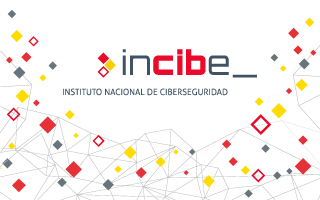
There are currently many standards and regulations in the industrial sector. A wide variety of them allow industrial organizations to check their level of maturity, such as IEC 62443, or to improve the security level of the organization through the application of a series of guidelines, good practices or guides, as in the case of the NIST Framework.
Given the growth of the industrial sector, and the increase in capabilities, both in production and connectivity, thanks to the consolidation of Industry 4.0 and the emergence of Industry 5.0, industrial environments are in the focus, not only of technological improvements, but also of cyber-attacks.
The application and implementation of the IEC 62443 family, in combination with the NIST Framework, will enable organizations to reduce, mitigate and control the possibility of suffering a cyber-attack by implementing the controls and best practices defined in both standards.
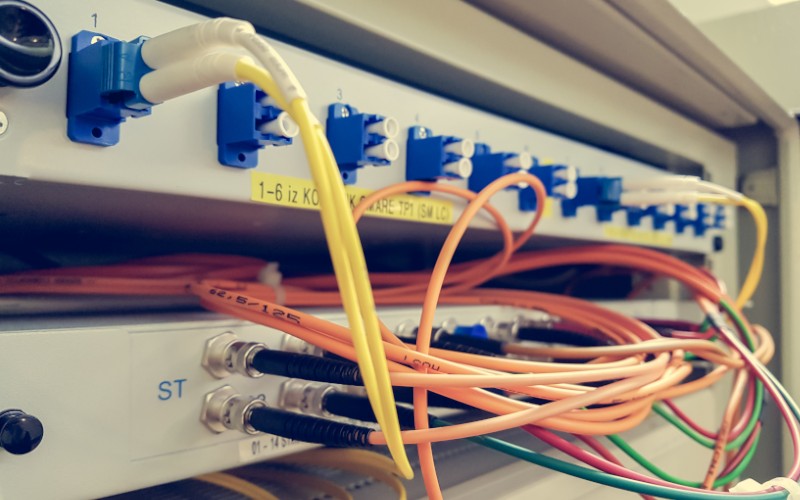
UMAS (Unified Messaging Application Services) is a Schneider Electric (SE) proprietary protocol used to configure and monitor Schneider Electric programmable logic controllers (PLCs). While it is true that the protocol is related to this manufacturer, the use of the protocol is quite widespread in different sectors, especially the energy sector, as is obvious.
The article will focus on the technical breakdown of the protocol and the use of the protocol. The article will also show weaknesses, strengths and some technical vulnerabilities detected in this protocol.

In today's business landscape, the digital revolution has led to an unprecedented transformation, and at the epicenter of this evolution are Industrial Internet of Things devices (IIoT). These devices, skilled in collecting and transmitting data in real-time, have emerged as fundamental pillars, that drive operational efficiency and decision-making in industrial environments.
From advanved sensors to smart sctuators, the network of IIoT devices implemented in the industrial fabric is improving the frontiers of connectivity, impacting the way companies design, implement, and manage their operations.
In this article, we will learn about the role of these devices within Industry 4.0, analyzing how different types of architectures are implemented and how their communications protocols shape the future of the industry.

En la actualidad, el crecimiento de las plantas industriales ha provocado una incesante búsqueda en la mejora de la productividad de los procesos industriales. Esto ha llevado a la evolución de los dispositivos IIoT y, con ello, la emergencia de las pasarelas ICS. Estas se han postulado como puentes tecnológicos, tendiendo vínculos, puentes, entre los dispositivos instalados y la inmensidad de los entornos cloud. En este artículo descubrirás el papel central de estas pasarelas, descubriendo su función como facilitadoras esenciales en la convergencia de la ingeniería tradicional y la innovación en la nube.
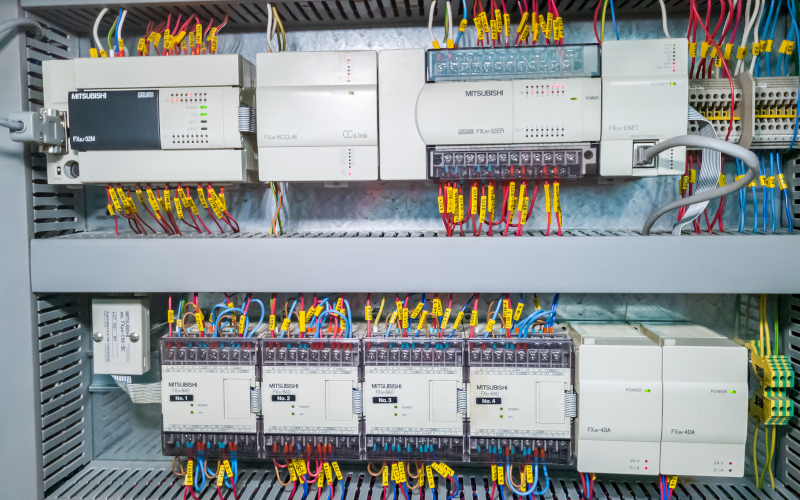
En la actualidad, el sector industrial se ha convertido en uno de los blancos más frecuentes de los ciberdelincuentes. Convirtiendo el cibercrimen en uno de los principales riesgos del sector, ya que el objetivo preferido en las redes industriales son los equipos críticos que desempeñan un papel fundamental en el sistema. Por tanto, en este artículo, exploraremos las distintas fases y formas de un ciberincidente en un entorno industrial, para entender el riesgo que representan y como prevenirlos.
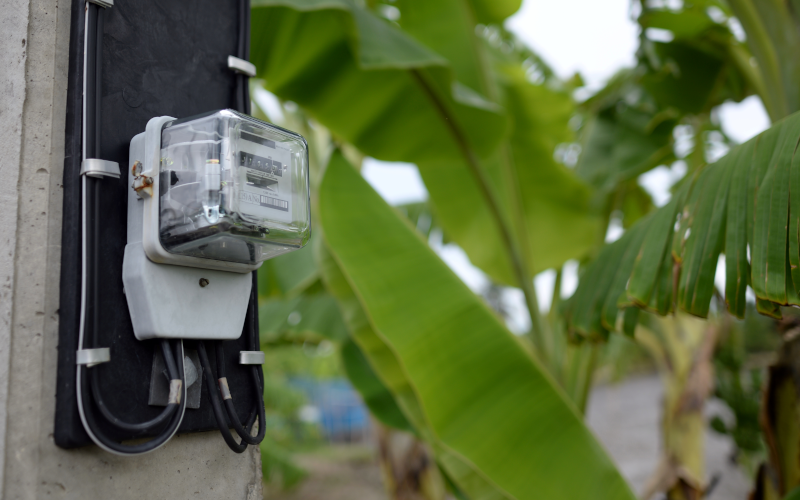
The M-Bus protocol is a common protocol in the industry in general, it’s daily use can be related to devices for measurements of electricity, gas, water, heating, etc. This protocol has a wireless variant called Wireless M-Bus and works through a hierarchical master/slave system, standardized according to EN13757.

In the electricity sector, it has always been necessary to use robust communications that allow proper communication, since a failure in this sector would cause a large number of losses, both economic and social.
In addition, with the technological advances, it is important also to have secure communications since the electricity sector is one of the sectors that currently suffers the most cyber-attacks. For this reason, in recent years different robust and secure protocols have been created.
One of these protocols is DNP3, created mainly for the use of substation automation and control systems, for the electric utility industry, although it has now also been used for other sectors.
Finally, in this article we want to explain in more depth the operation of this protocol and the benefits or disadvantages of using this protocol.
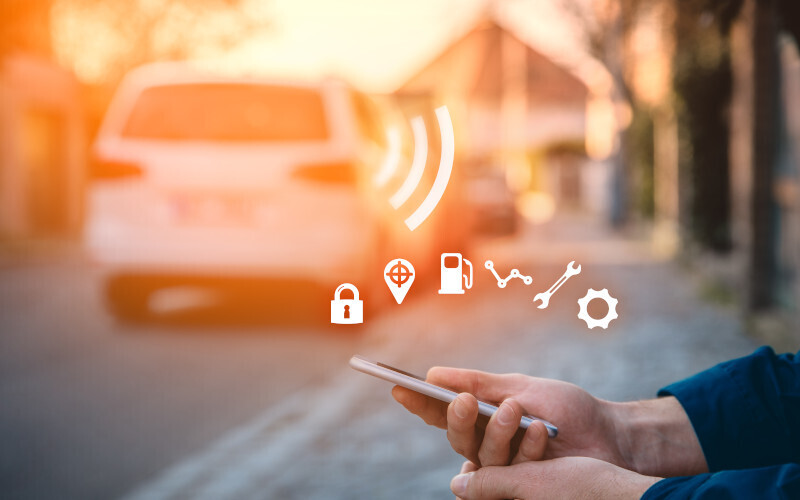
The automotive world has always been one of the most cutting-edge sectors in terms of the technology used, which is why today's cars are equipped with technologies such as Bluetooth, NFC, GPS, etc., which improve different aspects such as comfort, fuel efficiency and increased safety.
But these implemented technologies can also bring with them serious problems, such as the risk of cyber-attacks that can affect passengers in the vehicle, both at the level of personal data and physical security.
For this reason, this article aims to provide an insight into some of the cyber-attacks that smart cars have suffered and how cyber-security is evolving and adapting to make more and more vehicles cyber-safe.
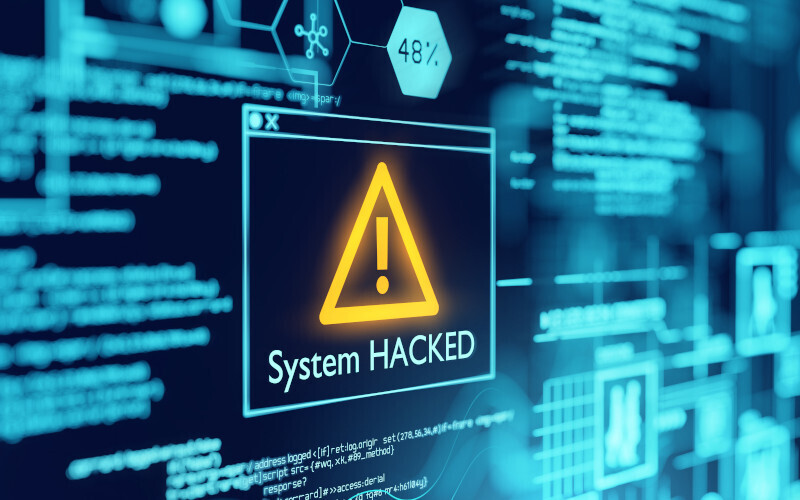
Currently, industrial infrastructures are suffering more attacks than ever before, and it is expected that attacks on these types of infrastructures will continue to grow exponentially in the coming years. This is why, throughout this article, an analysis will be made of a group of cybercriminals and their standard attack, showing how information can be obtained on the modus operandi, when and by what tactics and techniques they managed to attack an industrial infrastructure




